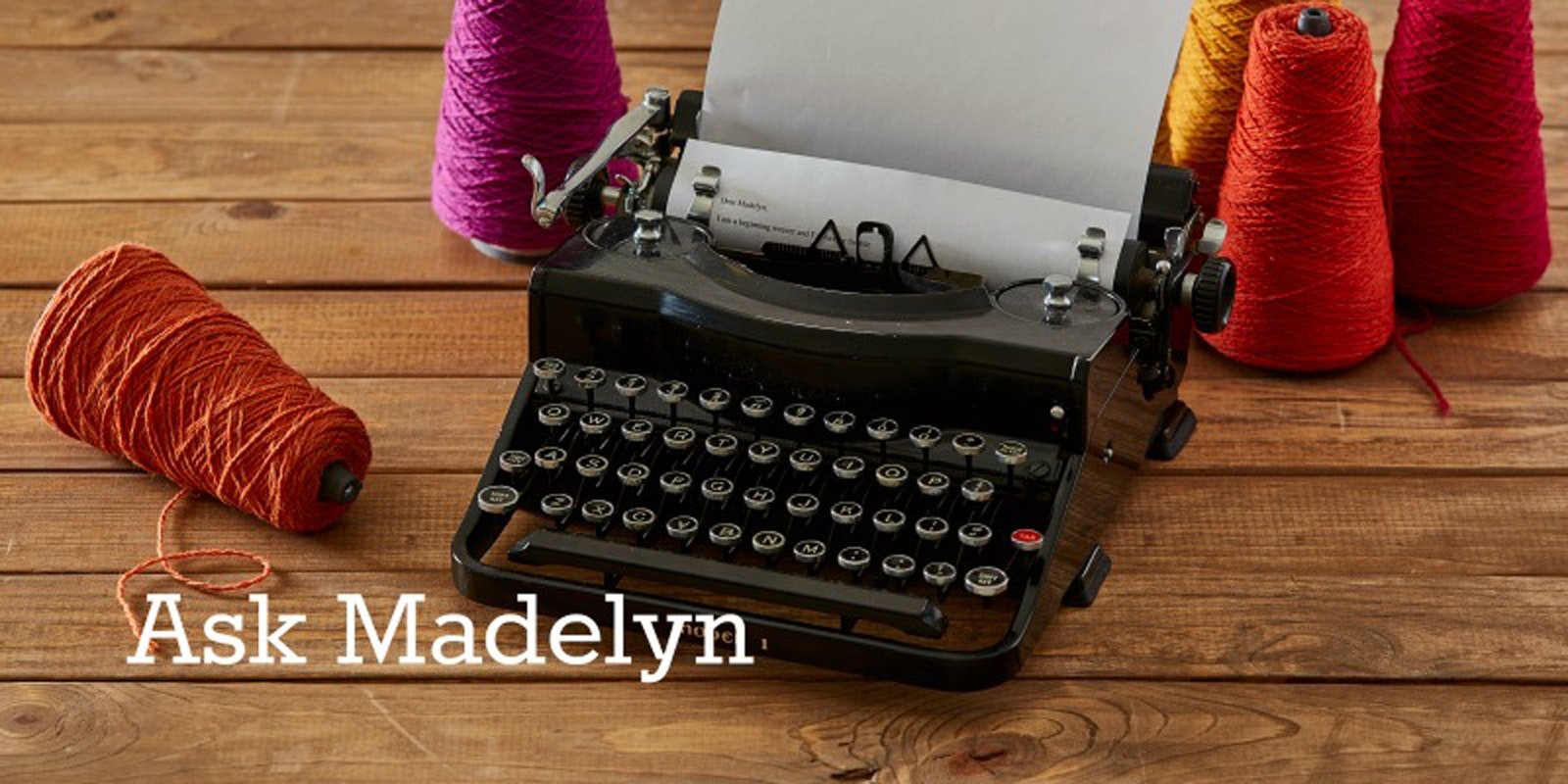I have been using your method of tying on a new warp to an old one for several years. I’m wondering how you calculate warp length for the new warp. I’m not sure how to determine the amount of loom waste for the new warp and I don’t want to run out of it!
—Sandra
Hi Sandra!
Tying on a new warp to an old one creates knots at the end of the new warp where it was attached to the old one. In most cases, you would calculate the maximum loom waste to be about the distance between the fell of the cloth and the back beam of the loom. When the knots pass over the back beam, they will begin interfering with the shed. (Added to that loom waste, of course, is the amount of warp you used to tie on to the front apron rod.) My guess is that the maximum total of those amounts would be about a yard.
However, I am a firm believer in always putting on a longer warp than you think you’ll need (I usually add several yards), since there are many reasons you might end up wanting more warp length than you planned (a longer piece, errors to cut away, a second piece, etc.). Having said that, I still sometimes run short of warp, even warps that I have tied on.
When I need to keep weaving beyond the point where the knots pass over the back beam, I trim the knots carefully so that the tails are about 1/4" long. This way, the knots can separate from each other to make the sheds as they approach the shafts (see photos). I have even kept weaving with the knots actually in the heddles, though the ability to do this will depend on the yarns you are using.
—Madelyn
If you have a weaving question please email Madelyn! View related & recent "Ask Madelyn" posts!



